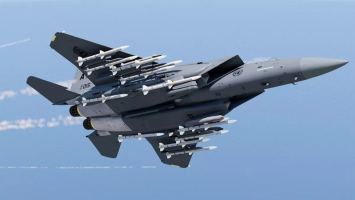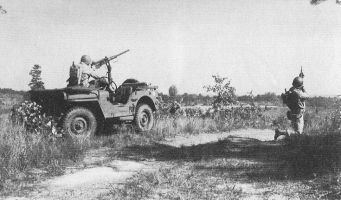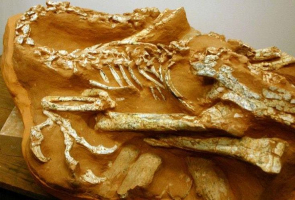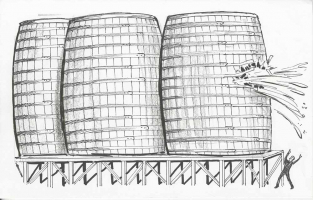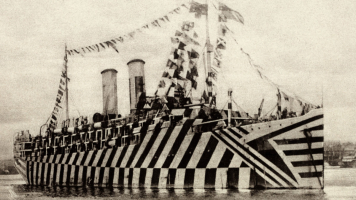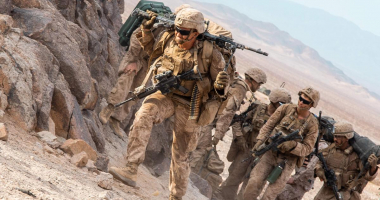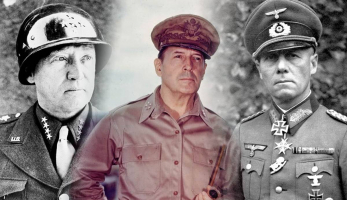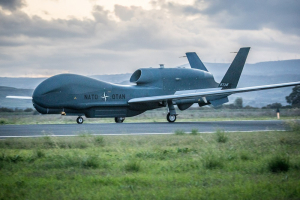Top 10 Bizarre Abandoned Military Experiments
When it comes to throwing everything at walls and seeing what sticks, few institutions commit as hard as the military. They are eager to attempt everything to ... read more...get an advantage, from employing bats as bombs to experimenting with telepathic warriors. Of course, not every concept works, and occasionally an idea is swiftly abandoned. That doesn't necessarily imply it was horrible; it was just not appropriate at the time or for what they needed. With that in mind, here are ten of the most bizarre abandoned military experiments.
-
For decades, the military has employed animals in a variety of ways, from Hannibal's elephants to bat bombs. Horses are an excellent example of an animal that was tamed and suited to warfare. Other times, even though the idea seems great on paper, things don't always proceed as planned. For example, when the military desired to utilize sharks as weapons.
The military supported a scheme to implant sharks with technology that would allow them to be controlled and deployed as aquatic spies. The goal was that a shark's innate capacity to detect electrical impulses would enable it to track down hostile ships. That tale is from 2006, and as you may know, there are no known shark spies in the world right now, so the plan didn't quite work out.
The military was also working on a considerably more dramatic strategy between 1958 and 1971. They intended to equip sharks with explosives attached to their heads and employ them as live torpedoes. The bomb would be equipped with a compass and a pre-programmed route. If the shark deviated, they would be shocked on one side of the head or the other to keep it on track. No mind control is required; only painful sensations are required.
Why sharks rather than dolphins? Because dolphins make too much noise. Sharks are incredibly secretive, thus they were chosen. Except that sharks do not respond well to negative stimuli and will frequently fight back rather than submit. They were also inept at lifting heavy objects. As a consequence, the initiative was scrapped.
Year of Experiment: between 1958 and 1971
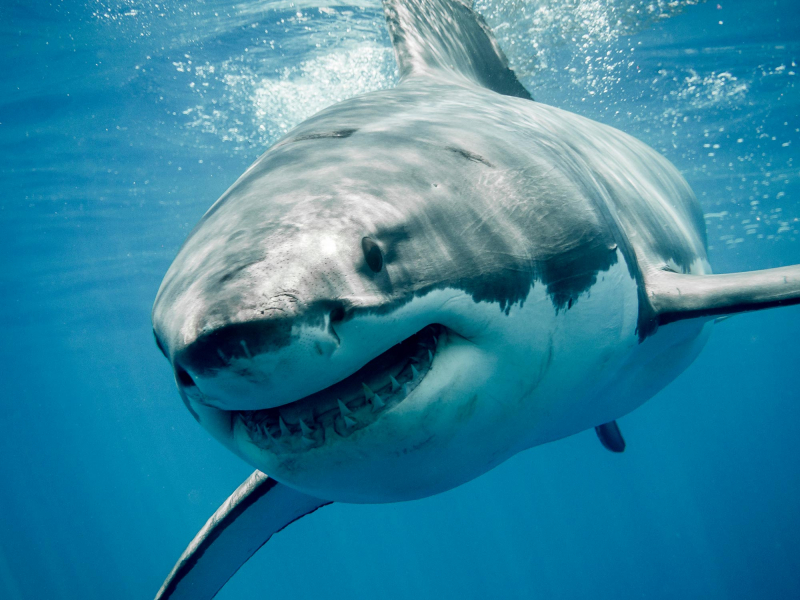
cnet.com 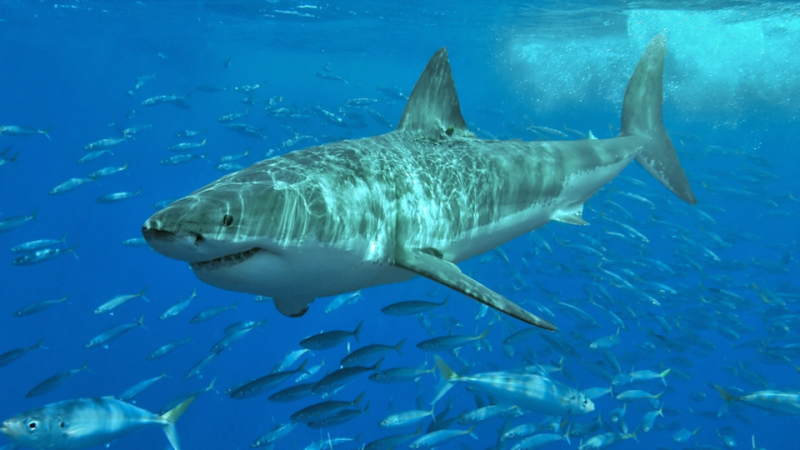
calacademy.org -
Shortly after the US entered World War II, the Joint Psychological Warfare Committee began looking for a method to arm resistance fighters in Axis-occupied nations. The result was the FP-45, a tiny, single-shot. 45 caliber handgun that could be mass-produced and airdropped into enemy territory on the cheap. The assumption was that resistance members would assassinate opposing troops and then steal their weapons.
The firearms would also have a psychological impact since the concept that every civilian would be equipped with a "Liberator" would make invading forces fearful. Between June and August 1942, the United States produced one million FP-45s, but the handguns never caught on in the field. They were deemed unworkable by Allied commanders and intelligence officers, and European resistance fighters preferred the "Sten," a British-made submachine gun.
While 100,000 Liberators found their way to the Pacific Theater, there is little record on how extensively or effectively they were deployed. The surviving FP-45s have subsequently become collector's items, with functional examples occasionally selling for more than $2,000.
Year of Experiment: between June and August 1942
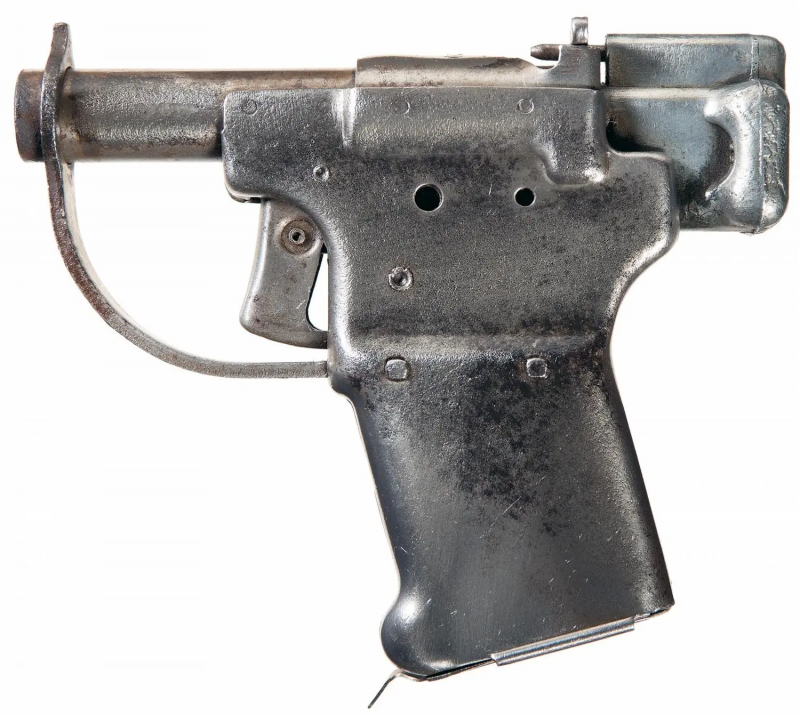
sofrep.com 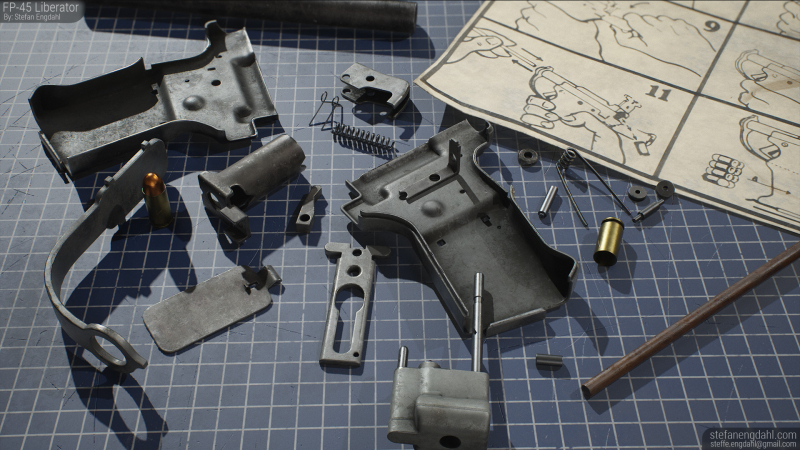
artstation.com -
Any military station requires protection. You can rely on technologies, but augmenting them with live guards will always provide superior security. Sometimes it's just humans, other times it's dogs. And once, in Germany, the US military chose to deploy geese.
The Ballantine distillery in Scotland employs geese as guards because the birds are exceedingly vocal and are quick to notice anyone upsetting their area. The concept, however, stretches back to Roman times, geese have even been credited for aiding Rome in its struggle against the Gaul invasion in 390 BC. US soldiers were interested and tested them on many of their locations in Germany. The idea was to hire up to 900 of them in all. Surprisingly, 900 geese cost around half the price of a single guard dog, so it wasn't a horrible idea. Despite this, it never truly took off elsewhere. It's likely that the dilemma of how to clean up after 900 geese contributed to this.Year of Experiment: 1986

hellohomestead.com 
thebigsmoke.com -
During the Icy War, the US military tried to keep things cold and secret via Project Iceworm. The goal was to bury nuclear weapons deep underground in order to create a covert nuclear launch point in the freezing north from which to launch an assault against the Soviets if necessary. By using the tunnels beneath the ice for this purpose, the US could launch nuclear bombs into the Soviet Union at the same time, while shifting missiles so often that the Soviet Union was nearly impossible to defend or attack precise missile placement.
Camp Century was supposed to be a settlement beneath Greenland's ice. It would hold 600 nuclear weapons as well as 200 soldiers under the pretext of a polar research outpost. The missile silos would be linked underneath by rail cars, allowing them to move anywhere across 52,000 square miles at any time.
The Pentagon eventually abandoned the plan, but not before much infrastructure had been constructed. The changing ice of Greenland made the place unpredictable and perilous. The military abandoned 9,2000 tons of equipment, as well as 53,000 liters of fuel and hazardous waste.
Year of Experiment: between 1960 and 1962

livescience.com 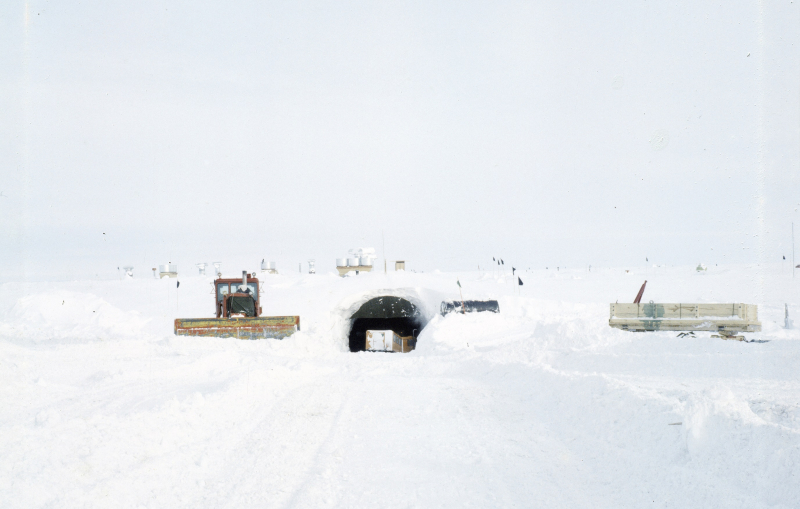
portals.clio.me -
The Italo-Ethiopian War, which lasted from 1935 to 1936, served as a forerunner to WWII, with Italy attempting to seize control of Ethiopia. The Italian forces optional to cross the Danakil desert, a 120-mile stretch of volcanoes and unforgiving terrain dubbed "the cruelest place on Earth" by National Geographic. If the troops were to make it, they needed to travel light, which meant carrying minimal supplies.
According to legend, Italian troops were picky eaters who refused to consume pre-packaged meals, but fresh meat would have perished. As a result, the military chose to deliver supplies by air. While this notion was novel at the time, it is by no means novel today. What was fresh and strange was that the Italians dropped live sheep. So that the Italians might enjoy fresh meat, 72 sheep and two bulls were airdropped. Because of the inconvenience it caused, this experiment was subsequently scrapped.Year of Experiment: 1935
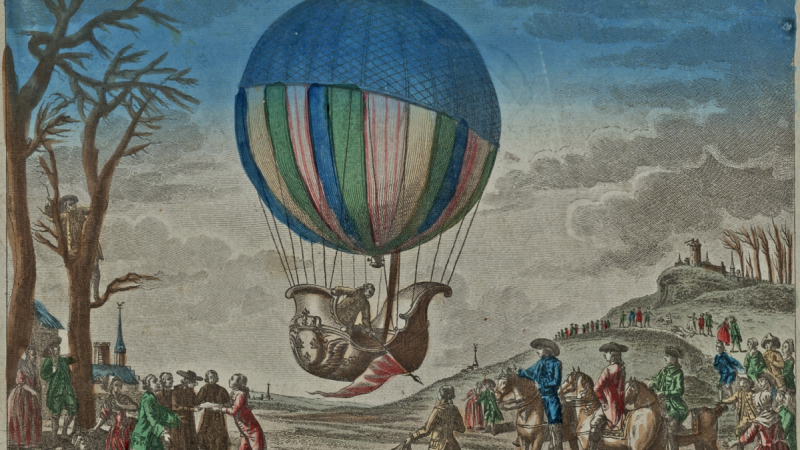
sciencehistory.com 
sciencehistory.com -
Cloud seeding is the process of releasing particles into clouds to encourage rain. Several states, notably California, have attempted it in order to mitigate droughts. However, the military has experimented with cloud vision in the past for a variety of reasons.
Back in 2001, it was found that catastrophic floods in 1952, which killed 35 people, was caused by a rainmaking experiment conducted by the Royal Air Force in the United Kingdom. North Devon received 250 times their usual rainfall in one month. People claimed that it dropped from the sky so forcefully that it burned their skin, and that entire structures were carried away in the torrents.
The experiment entailed directly pouring dry ice into clouds. Planes went through them, dumped their payloads, and then waited for it to rain 30 minutes later. The tests were designed to determine if cloud seeding might be used for military purposes, such as impeding enemy movements or making rivers impassable. The tests were terminated following the flooding and fatalities.
Year of Experiment: N/A

smithsonianmag.com 
scientificamerican.com -
It's easy to chuckle when you learn that the US military actually had a camel corps, which was essentially a battalion of camel-mounted soldiers. Today, it sounds foolish and in 1837, when it was first proposed, people also thought it was stupid.
There were no huge military transport vehicles in the 1800s. Soldiers rode their horses. And just 42,000 soldiers were available to cover the entire country. As a result, when the Treaty of Guadalupe Hidalgo added over 500,000 square miles to the United States and residents began flocking to California for the Gold Rush, the army had huge swathes of area to cover. And a large portion of the new territory was desert.
Camel travel grew in popularity for military purposes when water and supplies became scarce and arid terrain became more difficult to traverse. They were skilled at navigating arid terrain and used significantly less water than a horse. They might also transport supplies. In 1855, Congress appropriated $30,000 for the acquisition of camels.
Thirty-three camels were acquired in the Middle East and sent to the United States. There were now thirty-four camels since, despite the death of a couple, more had been born. The Civil War effectively brought an end to the camel experiment. Rebel soldiers captured and killed several. The remainder were auctioned off, and some were simply turned loose. The last known army camel died in 1934.
Year of Experiment: 1855
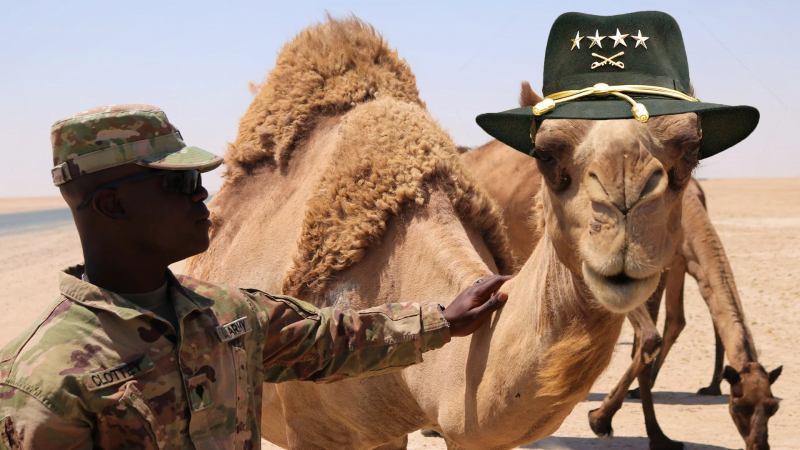
taskandpurpose.com 
theinternetsaysitstrue.com -
According to at least one expert, if you get to the hospital while your heart is still beating, you have a 95% chance of surviving a gunshot wound. A gunshot to the heart or brain will obviously get you closer to that unfortunate 5% than a bullet to the foot. Still, those odds don't seem as severe as you would have imagined. That might explain why the military experimented with ricin-coated bullets.
Ricin, produced from castor beans, is a rather strong toxin. It stops your cells from producing necessary proteins. As a result, the cells die, and if the exposure is severe enough, you die as well. Even if the exposure is not fatal, it can induce bloody diarrhea, vomiting, and organ failure.
The US government experimented with covering bullets in ricin to boost their lethality during WWI. If 95% of individuals can survive a gunshot, this would have lowered that figure. However, it didn't work out in the end due to heat sensitivity. When bullets were discharged from a pistol, they were too hot, destroying the poison's potency.
Year of Experiment: 1913

usatoday.com 
cbc.ca -
There was a time when nothing was cooler than a skateboard. Skateboard culture was massive. So significant that the military considered if there were any advantages to certain highly trained warriors moving from a crooked grind to a Casper flip.
A marine, of course, would not ride a standard skateboard. They were given urban combat skateboards, which appear precisely like conventional skateboards and could be purchased from any store. According to what was reported about them, they were intended to be used to identify things like tripwires and snipers.
The technicalities of how they detect tripwires and snipers are never completely explained, but given on what you know about skateboards, you can make some educated guesses. They move swiftly, so the concept appears to be that you can trip a tripwire and continue skating down the road before the accompanying booby trap does injury. Similarly, a sniper would have more difficulty targeting a fast-moving target. The skateboards were first tried as part of some Urban Warrior training in 1999. However, it appears that they did not establish their worth, and the boards have not become ubiquitous.
Year of Experiment: 1999

nomadeboards.com 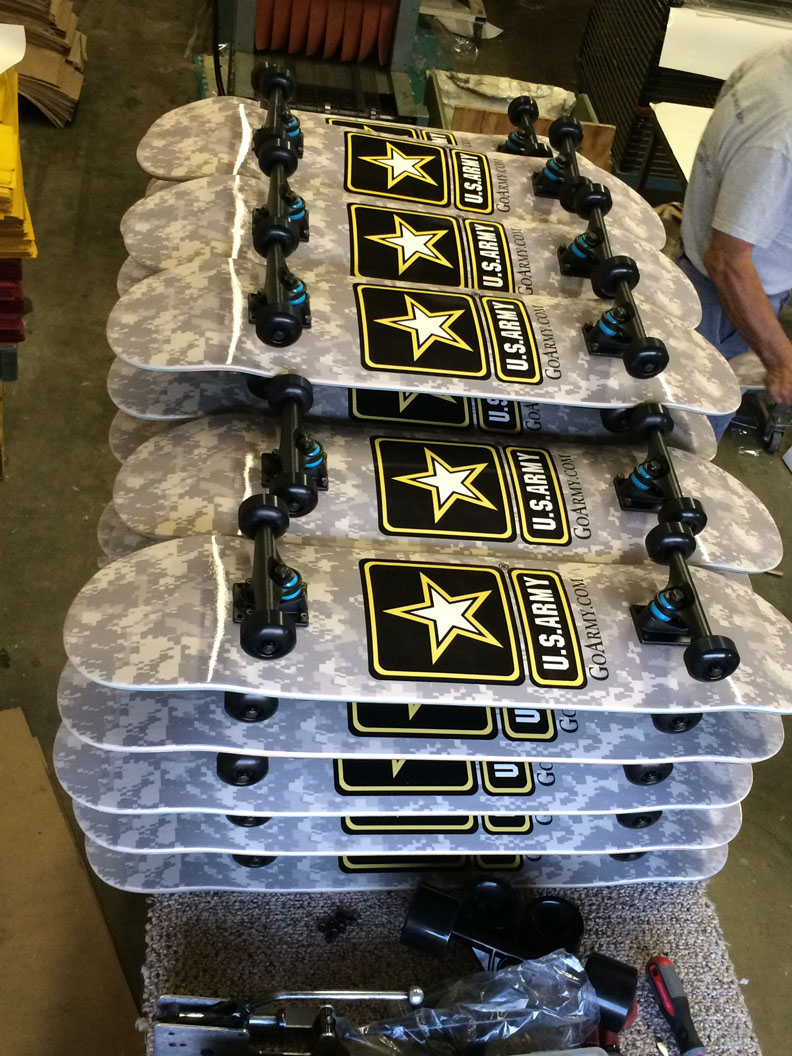
customskateboards.com -
On January 12, 1942, Lytle S. Adams, a Pennsylvania dentist, contacted the White House with a proposal to alter the fortunes of World War II. Small bombs strapped to bats, according to Adams, would give America the edge it needed against the Axis menace.
However, this was a sophisticated system that was being designed. The scientists needed to find out how to transport and deploy the tiny creatures. First, the bats had to be kept in a dormant state while being conveyed. They were placed in ice cube trays and chilled to accomplish this. Second, they had to find out how to release them while still in the air. A cardboard container was designed to open and release the bats automatically.
The bat bomb, like all great plans, had its share of difficulties. During testing, a few bomb-laden bats were accidently unleashed, destroying a hangar and a general's automobile. Following the disaster, the US Marine Corps took over the program in December 1943. The project was canceled after thirty demonstrations and $2 million. Lytle Adams, not one to give up easily, focused his efforts on developing fried chicken vending machines.
Year of Experiment: 1942
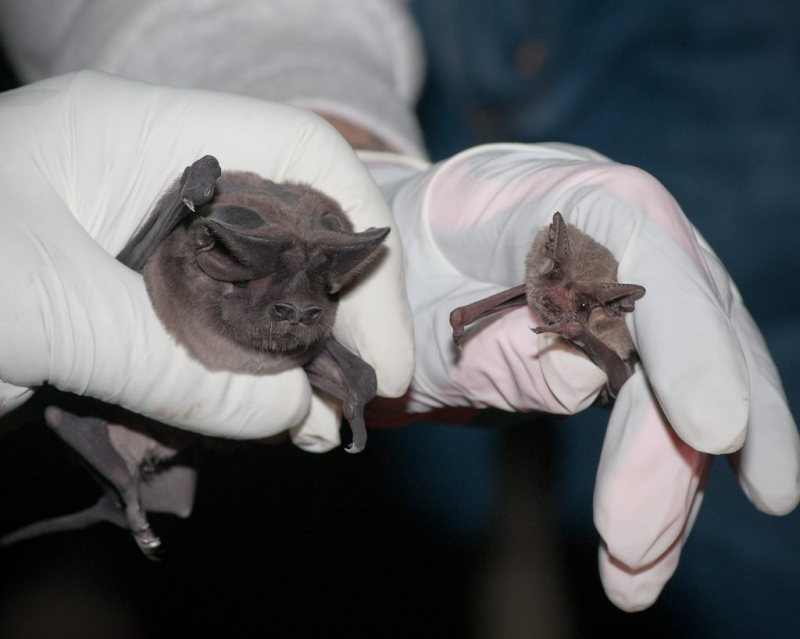
atlasobscura.com 
1stdibs.com













